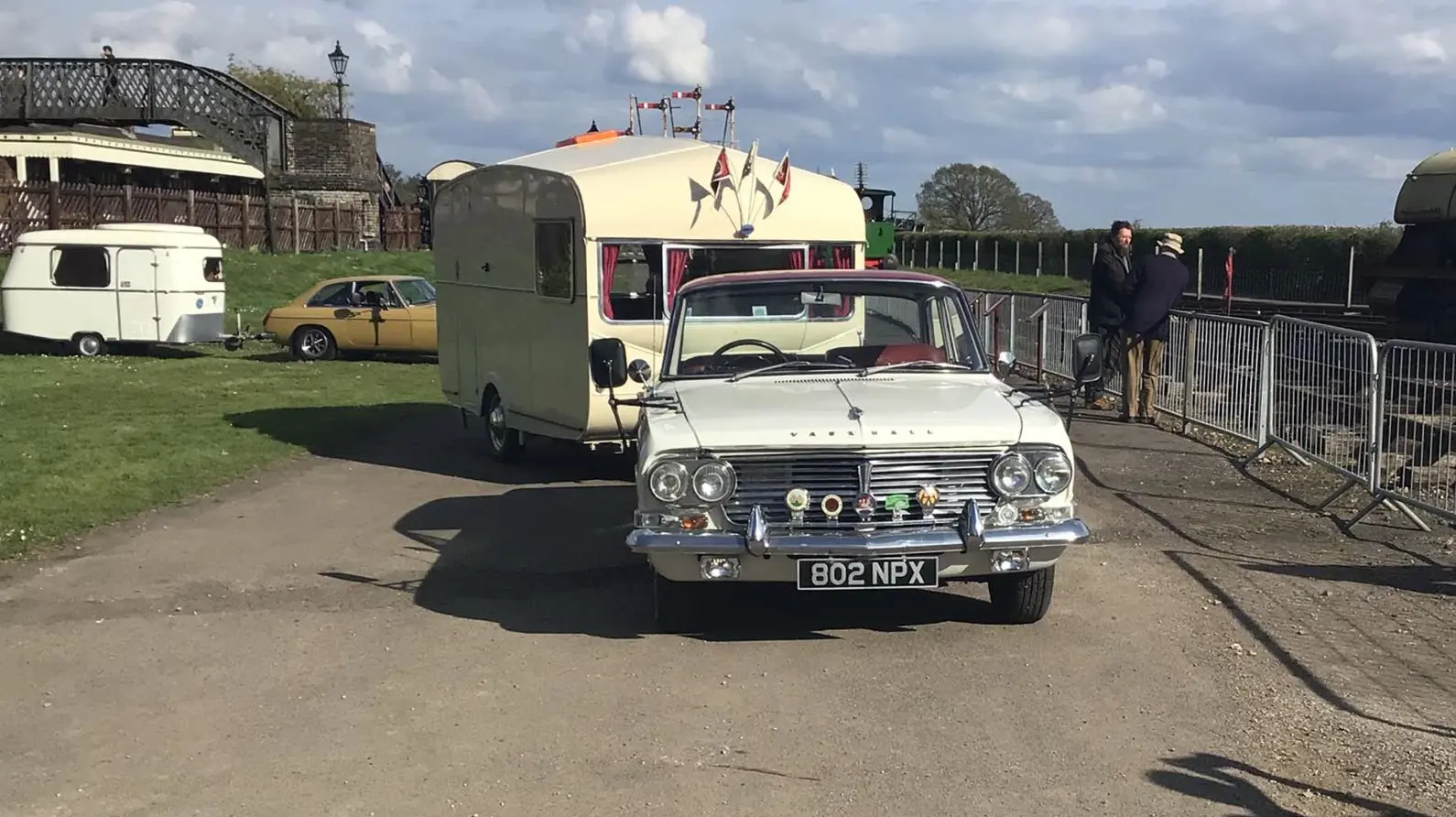MEET THE OWNER – TONY PARK AND HIS VAUXHALL RADFORD
28 October 2022
On the 11th October 1963, The Daily Telegraph announced, "A version of the 2.6 litre Vauxhall Cresta for the business executive is announced to-day by Harold Radford, the coachbuilders. It is called the Vauxhall Radford". And Tony Park now owns what is believed to be the sole remaining example of this exclusive machine.
The ultimate Cresta resulted from a meeting between Harold Radford and Vauxhall's Styling Director David Jones at the 1962 London Motor Show, where the PB debuted to the public. The result made its bow a year later, and the excellent Vauxpedia website notes Luton marketed it "through a select number of Vauxhall dealers specifically located within 'wealthy' areas". Alternatively, the well-heeled prospective buyer could contact the coachbuilder on KENsington 6641.
The Cresta PB was a pleasantly equipped machine in its own right, but the South Kensington firm installed separate reclining front seats, each with its own armrest and adjustment for height. The upholstery was the finest quality hide, complemented by lambswool carpeting and West of England cloth headlining. Meanwhile, the equipment included a radio with an electric aerial, an oil pressure gauge and an ammeter, plus adjustable reading lamps and picnic tables for the rear passengers.

The Vauxhall Radford was also fitted with a rear window demister, a second glove locker incorporated within the rear central armrest, red warning lamps for the front doors and marker lights on the C-pillars. However, the main distinguishing feature was the new grille surmounted by quad headlamps and fog lights. Such a conversion added £466 10s to the £1,058 price of a standard Cresta Automatic, but the additional prestige was worth every penny.
The competitors to the Vauxhall Radford were the Vanden Plas Princess 3-Litre and the Hooper-bodied Ford Zodiac Mk. III. In 1964, Humber introduced the Imperial, with a Thrupp and Maberly trimmed cabin, and BMC unveiled the Princess 4 Litre R. All were coach-built adaptations of mass-produced large British saloons for managing directors who could not quite justify a Jaguar Mk. X. However, the Radford still cost under the £2,000 threshold for claiming tax relief on a 'business car'. The in-house Vauxhall Motorist magazine observed:
If you want your motoring in real tycoon style without the super-tax price-label of prestige limousines, you ought to try the new Vauxhall Radford – an extra-luxury model that boosts your prestige without busting your bank balance.
Harold Radford is believed to have converted just 25 Crestas, and 802 NPX is one of the later versions, powered by the 3.3-litre engine of all post-September 1964 models. The PC replaced the PB in the autumn of 1965, and Tony came by his Vauxhall earlier this year. "I already own a last-of-the-line 1957 Velox E-Series, and I had been looking for a PB for quite a while when I saw an advert for the Radford. It was bought new in Brighton, and I am its third owner".
At that time, the interior needed restoration, but NPX was soon returned to the road and served as possibly the ultimate classic Vauxhall caravan tow car. Tony points out that while the standard PBs had different grilles on the 2.6 and 3.3-litre models, the Radford retained the same front – "there was no point in changing the design".
Today, the Park Vauxhall must be one of the most desirable post-war cars to wear the Griffin badge. The Radford not only served as a precursor to the 1966 Viscount, but it also highlights how British coachbuilders were adapting to new markets in the 1960s. Besides, who could resist a Cresta PB for, as Vauxhall Motorist put it, "lovers of good living".
With Thanks To: Tony Park
